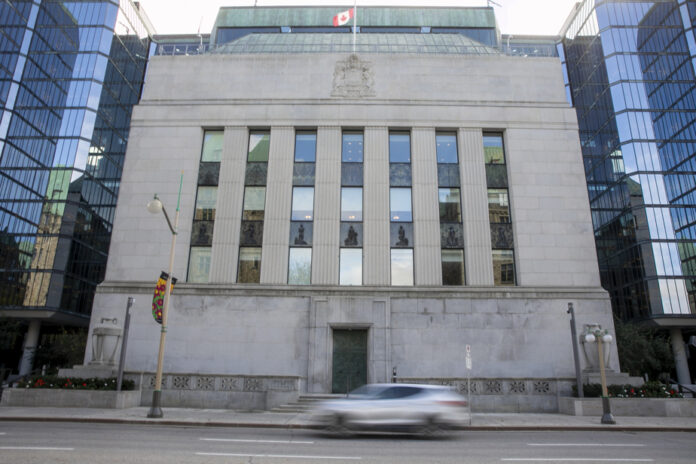The Bank of Canada posted a loss of $1.5 billion in the second quarter, bringing its operating deficit to $3 billion since the start of 2023.
These are exceptional losses in the history of the central bank, which has always been profitable. They are explained by the massive purchases of federal government debt securities made to counter the impact of the pandemic and by the rapid rise in interest rates that followed.
The Bank of Canada now has to pay higher interest on reserves deposited by commercial banks, higher than the interest it receives on its investments, which drives a gap between its expenses and its income.
“Over time, the bank will return to a positive net result,” monetary authorities said in results released last Friday. The Bank of Canada stresses that the loss does not impair its ability to fulfill its mandate.
The situation of the Bank of Canada is not unique. Most of the central banks that intervened in force to support the economy during the pandemic are now in deficit due to the increase in interest rates.
The US Federal Reserve, among others, is also in the red. Between September 2022 and May 2023, the Fed accumulated losses of US$44 billion for the same reasons of matching interest received and paid.
The Bank of Canada has been posting losses since the third quarter of 2022. At the end of last year, its deficit totaled $705 million.
The return to profitability will depend on the evolution of interest rates over the next few years. According to a study by the C.D. Howe Institute, the Canadian central bank could lose up to $8.8 billion over the next two to three years.
A central bank cannot fail, but this exceptional situation poses communications challenges for monetary authorities, said economist Trevor Tombe, one of the co-authors of the C.D. Howe study.
Historically, the Bank of Canada’s monopoly on the issuance of money has always generated profits. Since its creation in 1935, the central bank has returned $160 billion to the Canadian government, estimates C.D. Howe.
At the same time as it raised interest rates, the Bank of Canada began to normalize its balance sheet, reducing its securities portfolio. Since the beginning of the year, the drop is 13%, to 357 billion.















